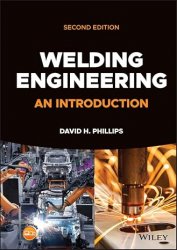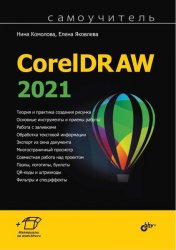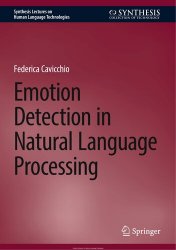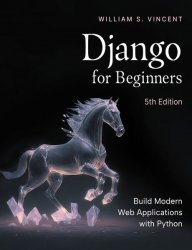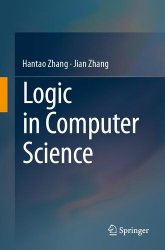 Название: Math and Architectures of Deep Learning (Final Release)
Название: Math and Architectures of Deep Learning (Final Release)Автор: Krishnendu Chaudhury
Издательство: Manning Publications
Год: 2024
Страниц: 553
Язык: английский
Формат: pdf (true)
Размер: 75.9 MB
Shine a spotlight into the Deep Learning "black box". This comprehensive and detailed guide reveals the mathematical and architectural concepts behind Deep Learning models, so you can customize, maintain, and explain them more effectively.
Deep Learning can’t be learned by going through a small fragmented set of simplified recipes from which all math has been scrubbed out. This is a mathematical topic and mastery requires understanding the math along with the programming. What is needed is a resource which presents this topic with the requisite amount of math—no more and no less—with the connection between the Deep Learning and math explicitly spelled out. This is exactly what this book strives to provide with its dual presentation of the math and corresponding PyTorch code snippets.
Deep learning and computer vision are very practical subjects, so these questions are relevant: “Is the math necessary? Shouldn’t we spend the time learning, say, the Python nuances of Deep Learning?” Well, yes and no. Programming skills (in particular, Python) are mandatory. But without an intuitive understanding of the mathematics, the how and why and the answer to “Can I repurpose this model?” will not be visible to you. Mathematics allows you to see the abstractions behind the implementation.
In many ways, the ability to form abstractions is the essence of higher intelligence. Abstraction enabled early humans to divine a digging and defending tool from what was merely a sharply pointed stone to other animals. The abstraction of the description of where something is with respect to another thing fixed in the environment (aka coordinate systems and vectors) has done wonders for human civilization. Mathematics is the language for abstractions: the most precise, succinct, and unambiguous known to humankind. Hence, mathematics is absolutely necessary as a tool to study deep learning. But we must remember that it is a tool—no more and no less. The ultimate purpose of all the math in the book is to bring out the intuitions and insights that are necessary to gain expertise in the complex world of Machine Learning.
Another equally important tool is the programming language—we have chosen PyTorch—without which all the wisdom cannot be put to practical use. This book connects the two pillars of machine learning—mathematics and programming—via numerous code snippets typically presented together with the math. The book is accompanied by fully functional code in the GitHub repository. We expect readers to work out the math with paper and pencil and then run the code on a computer to understand the results. This book is not bedtime reading.
Having (hopefully) made a case for studying the underlying mathematical principles of Deep Learning and computer vision, we hasten to add that mathematical rigor is not the goal of this book. Rather, the goal is to provide mathematical (in particular, geometrical) insights that make the subject more intuitive and less like black magic. At the same time, we provide Python coding exercises and visualization aids throughout. Thus, reading this book can be regarded as learning the mathematical foundations of Deep Learning via geometrical examples and Python exercises.
InsideMath and Architectures of Deep Learning you will find:
Math, theory, and programming principles side by side
Linear algebra, vector calculus and multivariate statistics for Deep Learning
The structure of neural networks
Implementing Deep Learning architectures with Python and PyTorch
Troubleshooting underperforming models
Working code samples in downloadable Jupyter notebooks
The mathematical paradigms behind Deep Learning models typically begin as hard-to-read academic papers that leave engineers in the dark about how those models actually function. Math and Architectures of Deep Learning bridges the gap between theory and practice, laying out the math of Deep Learning side by side with practical implementations in Python and PyTorch. Written by Deep Learning expert Krishnendu Chaudhury, you'll peer inside the "black box" to understand how your code is working, and learn to comprehend cutting-edge research you can turn into practical applications.
About the technology:
Discover what's going on inside the black box! To work with Deep Learning you'll have to choose the right model, train it, preprocess your data, evaluate performance and accuracy, and deal with uncertainty and variability in the outputs of a deployed solution. This book takes you systematically through the core mathematical concepts you'll need as a working data scientist: vector calculus, linear algebra, and Bayesian inference, all from a Deep Learning perspective.
About the book:
Math and Architectures of Deep Learning teaches the math, theory, and programming principles of Deep Learning models laid out side by side, and then puts them into practice with well-annotated Python code. You'll progress from algebra, calculus, and statistics all the way to state-of-the-art DL architectures taken from the latest research.
What's inside:
The core design principles of neural networks
Implementing deep learning with Python and PyTorch
Regularizing and optimizing underperforming models
About the reader:
Readers need to know Python and the basics of algebra and calculus.
About the author:
Krishnendu Chaudhury is co-founder and CTO of the AI startup Drishti Technologies. He previously spent a decade each at Google and Adobe.
Contents:
Скачать Math and Architectures of Deep Learning (Final Release)
[related-news] [/related-news]
Комментарии 0
Комментариев пока нет. Стань первым!


